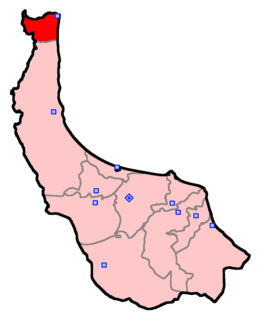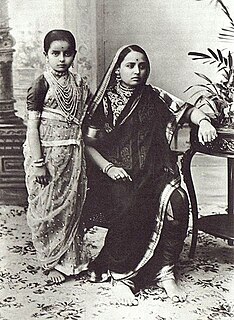The Iranian local elections took place on 14 June 2013 to elected members of the fourth council of the City and Village Councils of Iran. This election was held by a general election with the presidential election. The original date of the election was in June 2010 but Parliament of Iran voted to increase age of the councils from 4 to 7 years. The councils began their work one month after the election to elect the new mayors. Officials said special inspectors have been charged with monitoring more than 67,000 polling stations nationwide. Over 200,000 candidates have been qualified to run for both city and rural council seats. More than 126,000 seats are up for grab in the elections.

Hamid-Reza Haji Babaee is an Iranian politician who was Minister of Education from 2009 to 2013. He is the current member of the Parliament of Iran from Hamedan since 2016, as he previously held the position from same district from 1996 until 2009 when he was nominated as Minister of Education by Mahmoud Ahmadinejad and was confirmed by Parliament. He was Head of Education Commission in the Parliament.

Darreh Shahr is an Iranian city, capital of Darreh Shahr County, located in the south-eastern part of Ilam Province, in the northern side of Kabir Kuh ranges. As the only city in the county, the 2011 census recorded a population of 24,961, making it the second-largest city in the province. The ruins of the Darreh Shahr Ancient City is located in the south of city. The Darreh Shahr river flows through the city and into the Seymareh river.

Front of Islamic Revolution Stability is an Iranian principlist political group described as "extreme end of the fundamentalist camp" and "Iran’s most right-wing party". It was established as an electoral list for the 2012 legislative election. The Front is partly made up of former ministers of Mahmoud Ahmadinejad and Mohammad Taghi Mesbah Yazdi is said to be the "spiritual leader" behind the group.

The People's Voice, Nation's Voice or Voice of Nation Coalition was an electoral list for Iranian 2012 and 2016 legislative elections, led by Ali Motahari.
Assembly of Experts election were held in Iran on 26 February 2016 to elect Assembly of Experts members. The 88 members of the Assembly of Experts, known as mujtahids, are directly elected. The elections had been planned for 2014, but were delayed by a year in order to hold them alongside the Islamic Consultative Assembly elections.

The Islamic City Council of Tabriz is the elected council that presides over the city of Tabriz, elects the Mayor of Tabriz, and budgets of the Municipality of Tabriz. The council is composed of twenty-one members elected from single-member districts for four-year terms. The Chairman and the Deputy Chairman of the Council are chosen by the council at the first regular meeting in odd-numbered years. In the last election between Principlists and reformers, Principlists won the most seats.

Front of Followers of the Line of the Imam and the Leader, formerly known as Islamic Aligned Organizations is a Coalition of Iranian Principlist political groups. The group which consists of a wide range of traditional conservative parties, is active since administration of Mohammad Khatami, and is aligned with The two Societies.
The Council for Coordinating the Reforms Front or the Reformist Front Coordination Council is the umbrella organization, coalition and council of main political groups within the Iranian reform movement. Since 2015, it is overseen by the Reformists' Supreme Council for Policymaking.
Front of Transformationalist Principlists is an Iranian principlist political group, consisting of Society of Devotees of the Islamic Revolution and Society of Pathseekers of the Islamic Revolution.

Tehran, Rey, Shemiranat and Eslamshahr is a constituency for the Islamic Consultative Assembly.

Elaheh Rastgou is an Iranian conservative-minded reformist politician who is currently an outgoing member of City Council of Tehran. She was formerly a Member of Parliament.

Astara is an electoral district in the Gilan Province in Iran. This electoral district have 86,575 population and elects 1 members of parliament.
Reformists Front, formerly called Democracy Front and Front for Consolidation of Democracy, is an Iranian reformist political alliance of "little-known parties" formerly pivoted by Democracy Party.
Qom Province is a religious and politically conservative place, with most voters supportive of the principlist tendency.
This is an overview of the Iranian legislative election, 2004 in Tehran, Rey, Shemiranat and Eslamshahr electoral district. Alliance of Builders of Islamic Iran was able to win 29 out of 30 seats in the constituency in the first round.

Rasht is an electoral district in the Gilan Province in Iran. This electoral district have 956,971 population and elects 3 members of parliament.
An election to the Islamic City Council of Tehran took place on 14 June 2013, along with the local elections nationwide.
An election to the Islamic City Council of Tehran took place on 26 February 1999, along with the local elections nationwide.
Sepanta Niknam is an Iranian politician who serves as a councillor in Yazd since 2013. He is the first Zoroastrian to have served as councillor in the city, and the only non-Muslim in the city councils of Iran.
















